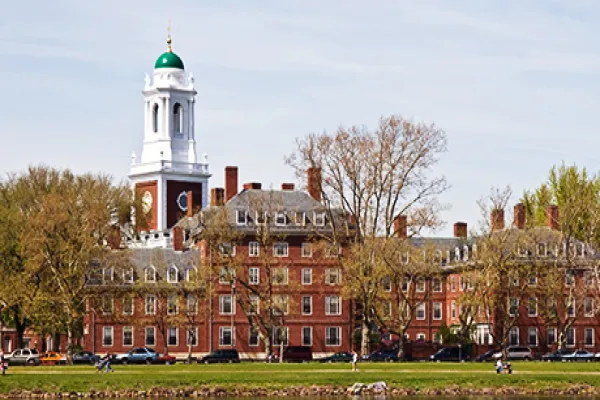University endowments, which invest for future generations of students and alumni, use their long-term horizons to their advantage by putting money to work after market crises and selling risky asset before the onset of a downturn, according to new research published in the Financial Analysts Journal on Monday. Although institutional investors, including corporate and public pensions, also have a long time frame in which to invest, not all actually do so in practice.
“Endowments do what they should do, which is be countercyclical,” said Elroy Dimson, chairman of the Centre for Endowment Asset Management and professor of finance at Cambridge Judge Business School, University of Cambridge, and one of three authors on the paper, in an interview with Institutional Investor. The study called “Seventy-Five Years of Investing for Future Generations,” was undertaken by Dimson; David Chambers, academic director of the Centre for Endowment Asset Management and the Invesco Reader in Finance at Cambridge Judge; and Charikleia Kaffe, a researcher at the Centre for Endowment Asset Management.
“We found that, on average, endowments invested countercyclically at crisis times, particularly by increasing their allocations to risky assets after a crisis,” wrote the authors in the study.
The researchers note in the paper that investors in general underperform primarily because of their fears of losing money when prices are low during a crisis and greed when prices are rising during bull markets. Recent research has shown that many pensions and mutual funds invest procyclically — meaning in concert with the crowd — during big shifts in the market. The authors wanted to determine whether endowments have acted more long term over time.
Dimson, Chambers and Kaffe analyzed hand-collected data on 12 university endowments extending from 1900 to 2017, and evaluated activities around six market crises, including those in 2008, 2000 and 1973. “Such events provide opportunities for investors willing to lean against a cold wind,” wrote the authors. The 12 schools whose behavior was analyzed included all the Ivy League institutions and others such as Johns Hopkins University.
“Endowments increased their exposure to equities, on average, in the three years following the onset of a crisis — that is, after prices had fallen from their peak levels,” according to the study. The researchers also found “evidence of a decrease in exposure as markets were rising towards unsustainable levels at the time of the dot-com bubble of 2000 and the 2008 GFC [global financial crisis].”
[II Deep Dive: Endowment Debate Heats Up as Dennis Hammond Calls a Critic’s Findings ‘Potentially Dangerous’]
The researchers did not use private equity to evaluate endowments’ moves at times of crisis, even though allocations have risen significantly since 2000. That’s because private equity isn’t easily bought or sold and asset managers — rather than an endowment’s chief investment officer — are generally in charge of the timing of capital calls and distributions.
“Our main finding is that during the run-up to a crisis, the 12 endowments typically decrease their active risky allocations whereas after the onset of the crisis, the endowments increase these allocations as risky-asset prices fall. Thus, the evidence suggests that endowments do, indeed, behave as long-term investors by tending to invest countercyclically,” according to the paper.
In the interview, Dimson said that following the crowd is generally a negative for investors wanting to achieve top long-term returns, but in the endowment world it’s been somewhat positive.
The big three universities, Harvard University, Princeton University, and Yale University, have led major changes in investing strategies in higher education, including setting up dedicated investment offices and pioneering the endowment model, which incorporates large allocations to alternatives and international stocks, according to Dimson. Other endowments have followed the leaders, and adopted these strategies over time.
“Herding is a dismissive term. But people who are quick to learn have benefited,” he said.







